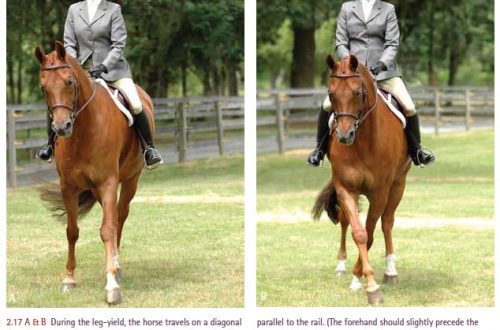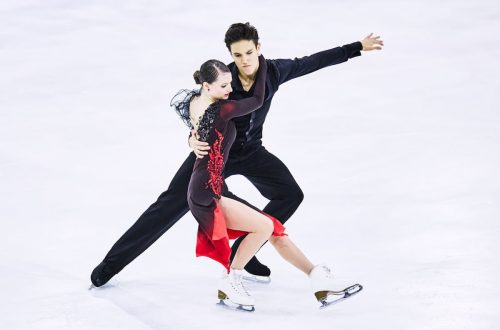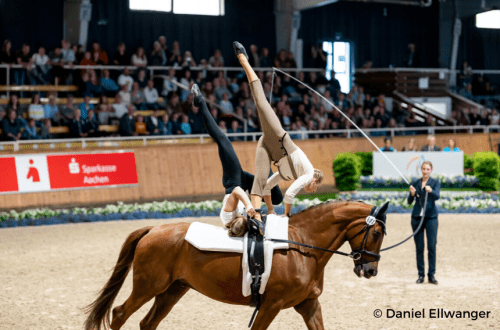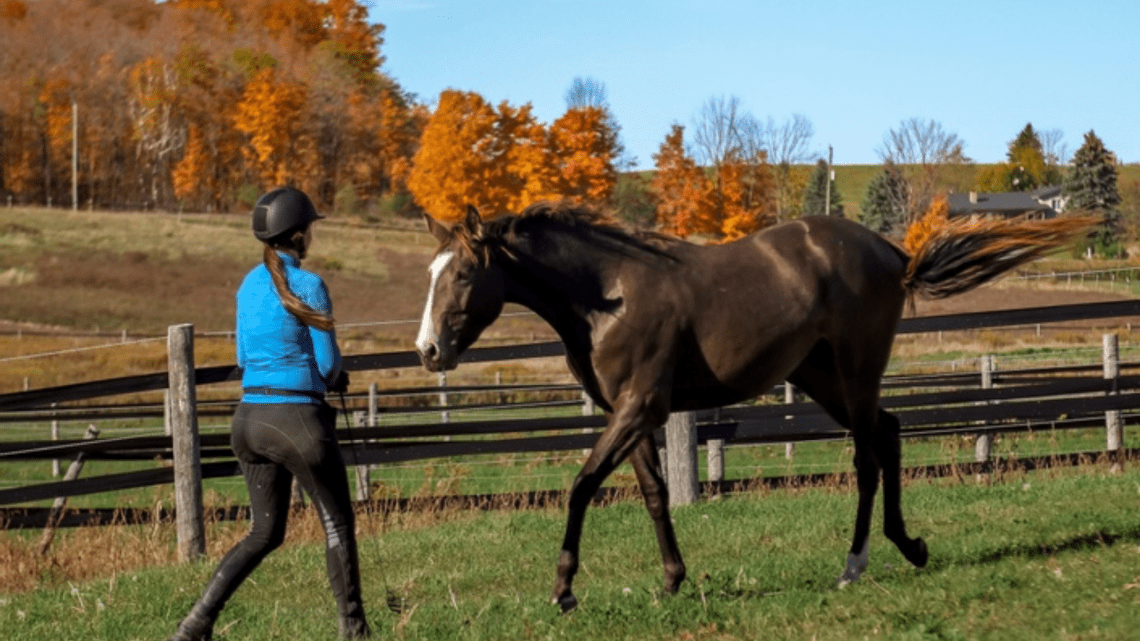
Are you ready for a young horse?
Are you ready for a young horse?
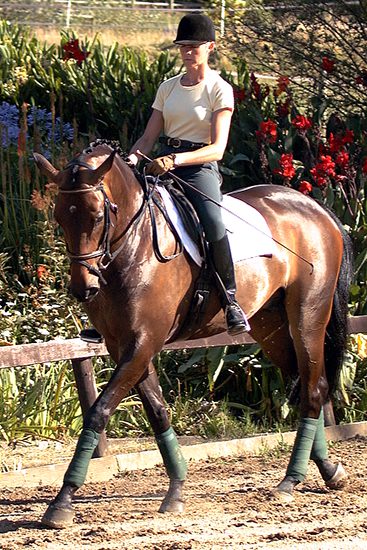
The problem of choosing a sport horse that meets all our requirements is familiar to most riders. Everyone dreams of finding their own diamond.
In Europe, not many riders are lucky enough to grow up next to horses – not everyone is lucky enough to be born into a family of equestrians or farmers. Most come to the sport through riding schools or pony clubs where training horses were held. But no matter where you grow up and where you train, there comes a point when you decide you’re ready to buy a horse. And let preferences regarding The suit, height, talent and character of a potential new family member can vary, most future horse owners are looking for the same thing: a competently and well-trained horse of five to eight years. Very quickly they realize that it is almost impossible to find such horses for sale, and if they do appear, then the price for them is very high. Budget horses are much younger and over time the buyer decides to consider 3-4 year old horses.
After the purchase, our new horse owner most often suddenly realizes that the knowledge he received at the equestrian school is not enough to work with a young horse.
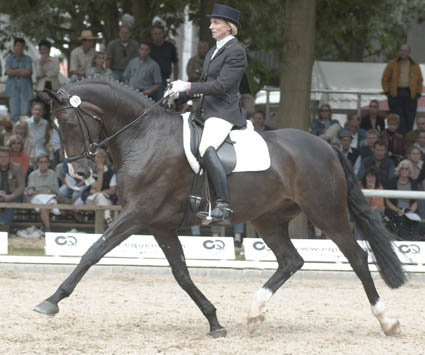
Author and Ronaldo. He won the German Four-Year-Old Championship and the following year became the Reserve Five-Year-Old Champion.
Try asking yourself if you’re ready to work with a young horse before you own one! Your decision must be thoughtful.
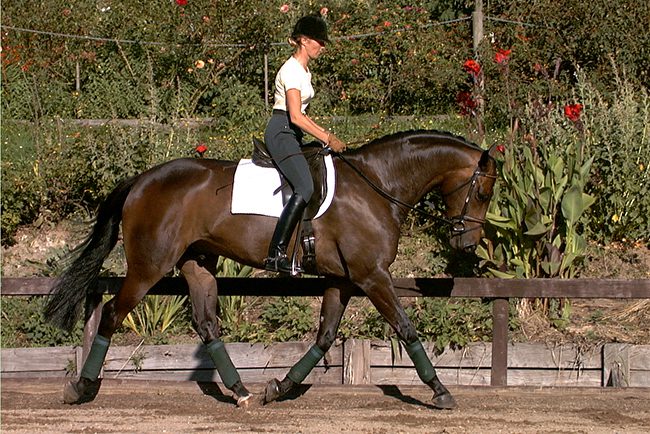
As can be seen from these photographs, the young horse is not balanced and his will to work is inconsistent. To properly train a young horse and turn it into a well ridden and trained partner, developed physically and mentally, you will need a lot of riding experience, a lot of knowledge and skills.
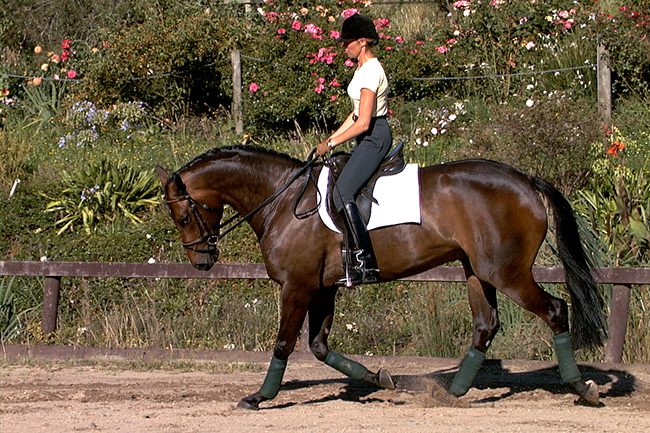
Why do so many riders want a young horse? Most often this is due to the fact that in our time it is difficult to find an inexpensive, experienced, well-trained horse. This is why many buyers, especially those looking for quality, consider purchasing a young horse, even if they lack the experience to further train it. Their next step (ideally) should be to find an experienced trainer with the necessary knowledge and patience. But, unfortunately, training a young horse is not a popular activity both at the amateur and at the highest level. In addition to trainers who prepare horses for sale and kerungs, there are very few professionals working in this direction …
Without the support of a trainer-keeper, a new horse owner or rider who starts working with a young horse will very quickly find that training young horses is a task not easy, because the dressage of a young horse is not reduced to getting it to move in a step, trot and canter. Training will require you to lay the foundations that will further prepare the horse to work with the rider, both physically and mentally. The horse must be trained to be able to move with the rider as freely as if there was no one on his back. For this, the horse needs not only an appropriate physical form, but also a certain moral condition.
Only systematic training will serve the harmonious development of the body. A young horse with “torn” or illiterate training, as well as in cases where excessive (not by age) or inadequate (by level of training) requirements will be presented to it, will quickly come to a deplorable state.
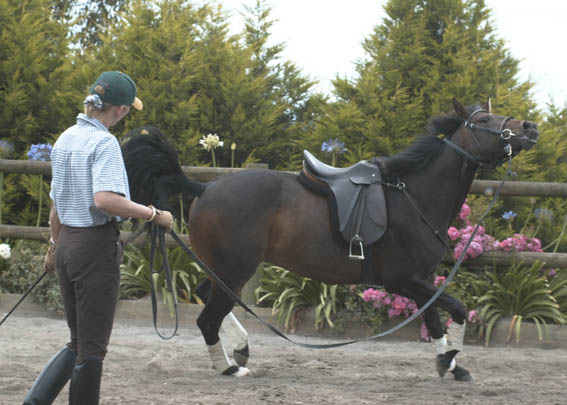
Is the horse stressed or just playing? The handler of a young horse must instantly determine the motives of each of its actions, constantly monitor the situation, not only during work, but also when caring for the horse.
The main goal is to achieve harmony
In the post-war years, in their work, many trainers and riders relied on the training systems of cavalry schools in Europe, where riding skills and the principles of full-fledged horse training were at the forefront. This is not surprising – a hardy and adequate young horse was of paramount importance for a cavalryman, a soldier. The villagers also formed their own “style” of working with a horse. Many famous riders came precisely “from the earth.” Today everything is different. People are drawn to horses by their love of nature and animals. They want harmony in relationships and harmony in movements. But to achieve this goal, it is necessary not only to train and train the horse, but also to work on your own shortcomings and weaknesses.
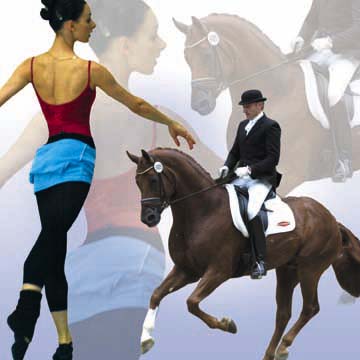
Riding is comparable to dancing: two living beings are trying to perform the same movements. If they achieve results when the movements are not only synchronous but also mutually balanced, this is a great joy for the partners. Riding is even more difficult, because two living creatures of different species are trying to find common harmony. We know that the rider has two legs, two arms, a short neck and can think logically. The horse has four legs, a long neck and acts instinctively.
Adult well-trained horses can easily cope with the imbalance provoked by the rider. And young horses still need to be brought to balance. This will require the rider to be goodcoordination, flexibility and sensitivity. As in dance, real harmony can only be achieved when both partners move in unison. This is not a mechanical implementation of educational material, your goal is to achieve mutual internal and external balance.
Basic training is education
The pursuit of harmony and balance does not imply that the horse should know no limits. The horse must not only trust the rider, but also respect him, both on the ground and under the saddle. The boundaries of what is permitted should be set depending on the nature of the particular horse, the situation and the main goals of the rider.
Working with an assertive young stallion should be structured differently than with a shy gelding who occupies a low position in the herd hierarchy. While you will demand respect for yourself from the first, you will need to build a trusting relationship with the second so that he becomes more confident. The ability to make decisions instantly is an art. Horses closely follow people. They perfectly understand who is truly self-confident, calm, but persistent. Horses, like children, value trust, but need to know their limits.
The result of incorrect training is displayed on the horse physically and psychologically.
Working with a young, developing horse in the wrong system for a long time will result in a number of problems in the future. We will not talk about extremes. Even such “little things” as riding in the wrong frame, behind the vertical, in the front or with a tight back can cause problems.
Possible results:
- the horse becomes “dull” and not “interesting”, with inefficient, stiff movements. She loses her desire to work;
- the horse begins to resist – bad habits appear, character deteriorates;
- there are problems that affect further education.
Of course, there are horses that have been worked incorrectly for a long time, but retained the desire to work and cooperate with a person, but still horses are an exception to the rule.
Modern breeding has done a lot to get us fantastic horses with excellent conformation and a desire to work. Many horses naturally have a flexible neck, a good back, and active hindquarters well under the body. It is easier for them to move in the right frame than horses that are bred 30 or 40 years ago. However, these improvements also have a downside. Horses have become more sensitive, their balance is easier to break, they are especially sensitive to errors in the work of the reins. The problems associated with achieving contact with the horse’s mouth are especially noticeable and relevant today.
In addition, when a young horse shows its desire to work especially brightly, the danger of overworking it increases. Talented horses are especially often at risk of overwork – they are brought into work too early and make excessive demands on them, forgetting that any horse, even the most outstanding horse, needs time to grow and develop. Even if a young horse seems to be developed physically, it needs time for the development of the psyche. Experience and knowledge are barriers that prevent the rider from forgetting the principles of proper training and turning horse training into a game of chance.
Illiterate work can somehow give a good result with one horse, but lead to dire consequences with another. The rider must not only know what exactly he wants to ask from the horse and why, but also understand whether he can ask for it right now. He must be able to assess whether his horse understands, be aware of his own strengths and weaknesses, and be willing to work on himself.
There are plenty of tutorials for managers, investors, housewives, tall people, thin people, anyone. And in each of them, the reader is required to do introspection, to assess their strengths and weaknesses. Everywhere, it is recommended not to blame the situation, but to try to adapt and change. Unfortunately, this ability is rare among riders. Some claim to want to change, but most are not willing to dig deep to discover the roots of their mistakes. While in swimming, running and skiing the winner and the loser differ significantly in their level of skill, riders often prefer to blame their horses for their failures.
Test yourself: are you ready for a young horse?
Answering the following questions honestly will help you understand if you are ready to work with a young horse. The more positive answers you give, the more likely it will be that you understand what to expect after buying a young horse. If your answers are mostly negative, then think about whether it would be better to get a more experienced, older horse?
1. You are an experienced rider and have ridden many horses with different temperaments and skill levels.
2. You feel free in the saddle – balanced, do not lose balance in the event of emergency situations – you will not be scared by “goats”, separations or “candles”.
3. You will have time for daily work with the horse or you can hire a handler who can replace you in your absence.
4. You have a coach who regularly checks your progress and is ready to help in a critical situation.
5. The stable is suitable for keeping a young horse (there are areas for cord work and walking).
6. You will have the opportunity to work on rough terrain.
7. You are patient and willing to accept the setbacks that inevitably come with training young horses.
8. You are ready to give up your own ambitions until your horse is ready.
9. You realize that training a young horse is different from working with an older horse.
10. You are ready to make all decisions in a balanced way, to solve problems with a clear head.
11. Perseverance is your forte.
12. You are not capricious, and your reactions to certain situations, as a rule, are unchanged. You can turn off impulsivity while working with your horse and not take it out on him when stressed.
13. You are willing to learn for the benefit of your horse, listen to the opinions of other trainers and riders, and are willing to attend training and seminars.
14. You are not in a hurry to take part in competitions and are ready to spend time preparing for the first starts, even if it means one or two years of work.
15. Other owners and riders who are involved and working in your stable will be able to understand that you are working with a young horse and act accordingly.
16. You consider these theses as your goals and guidelines for action. You want to train your own horse. You understand that you are responsible for her physical and mental development.
Susan Misner (source); translation by Valeria Smirnova.



